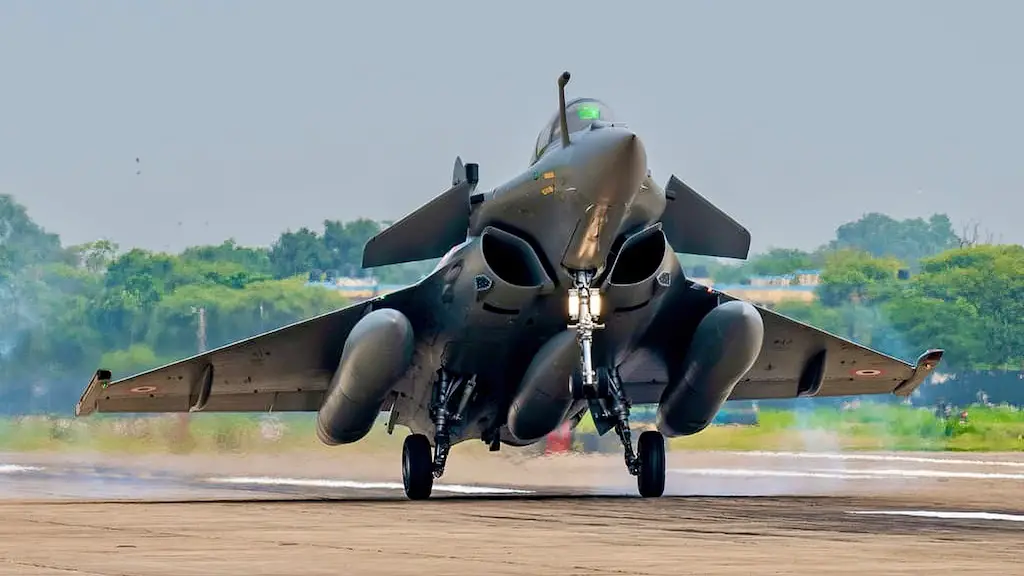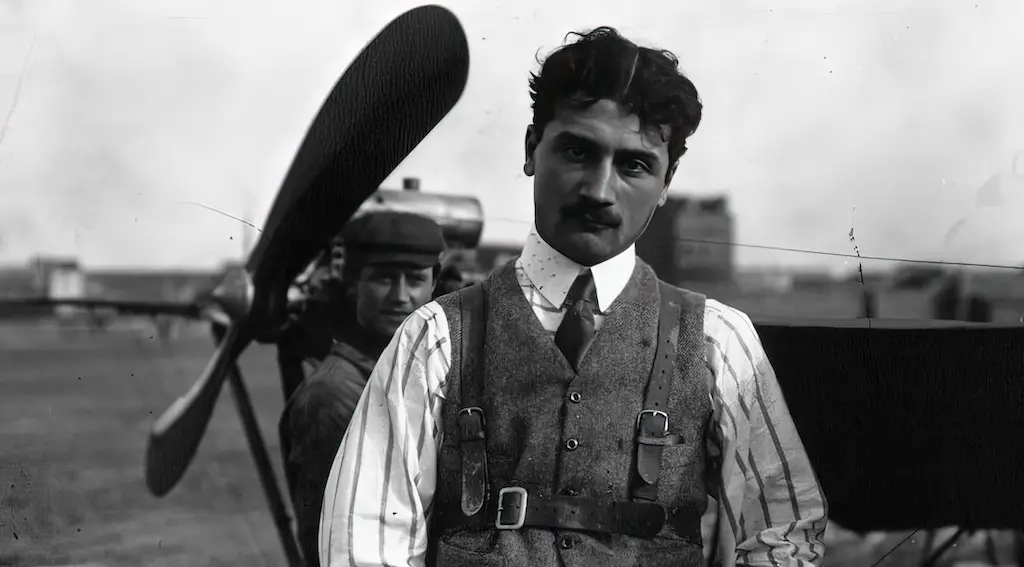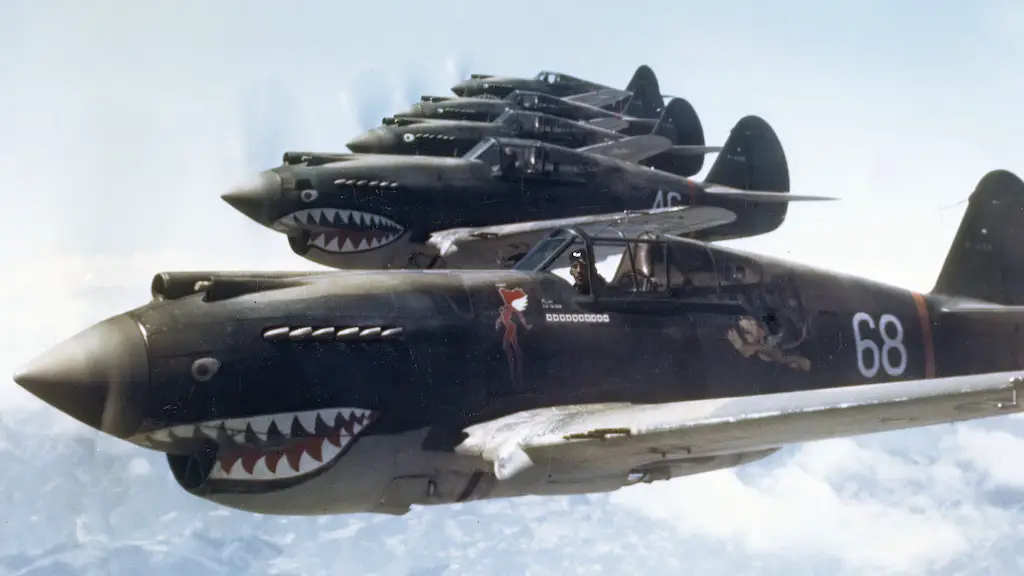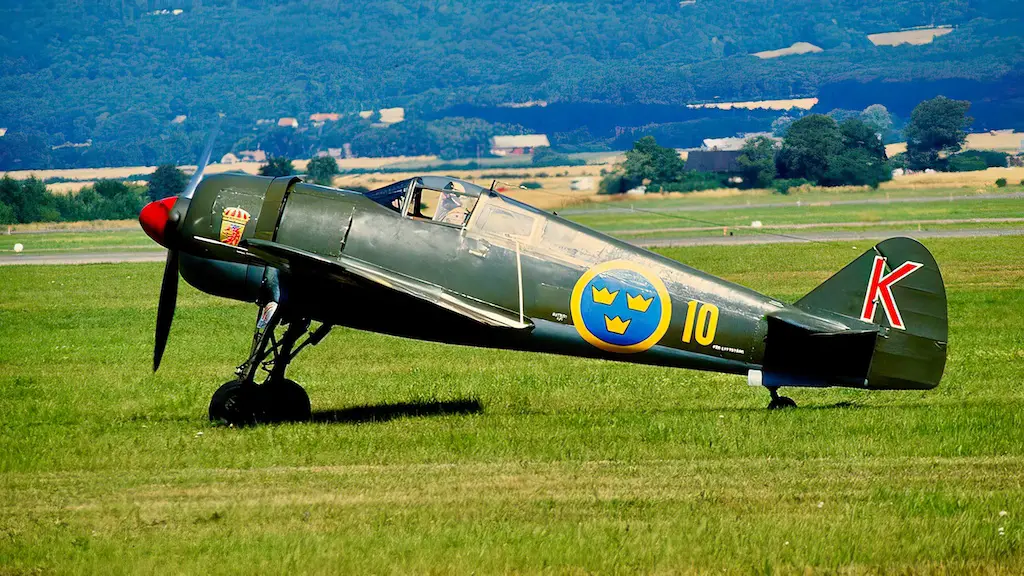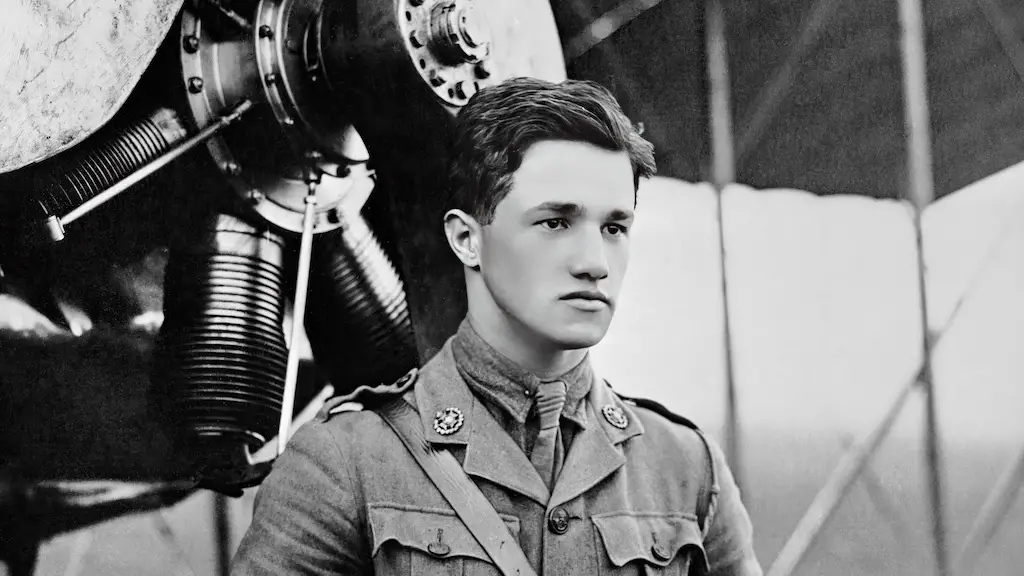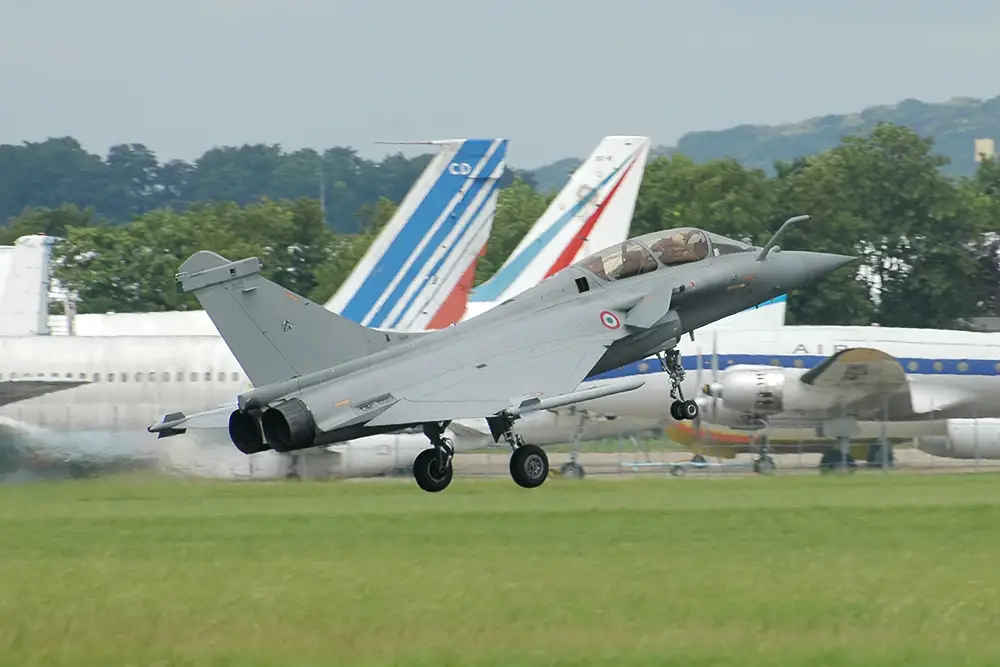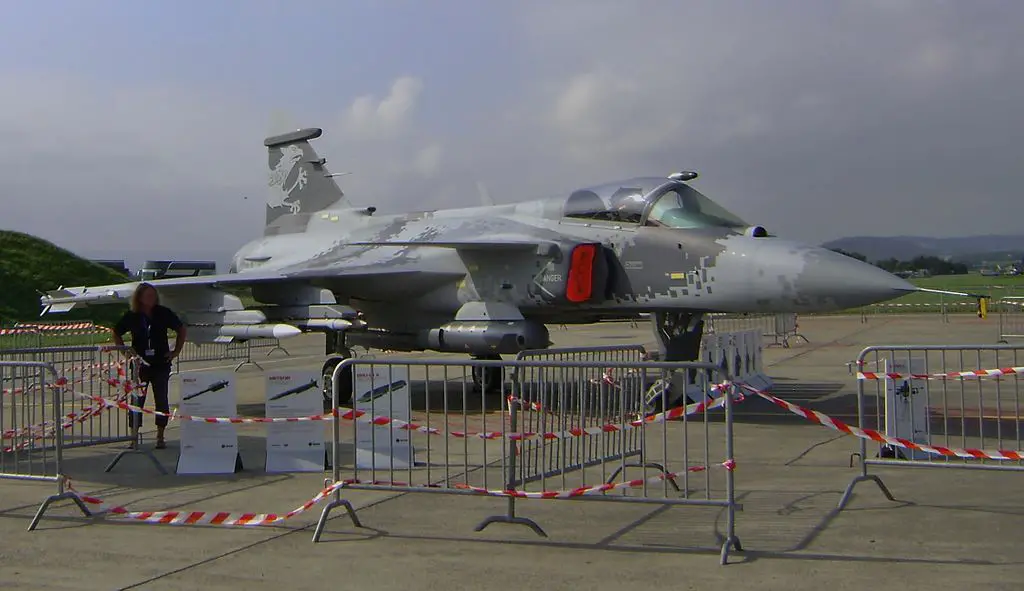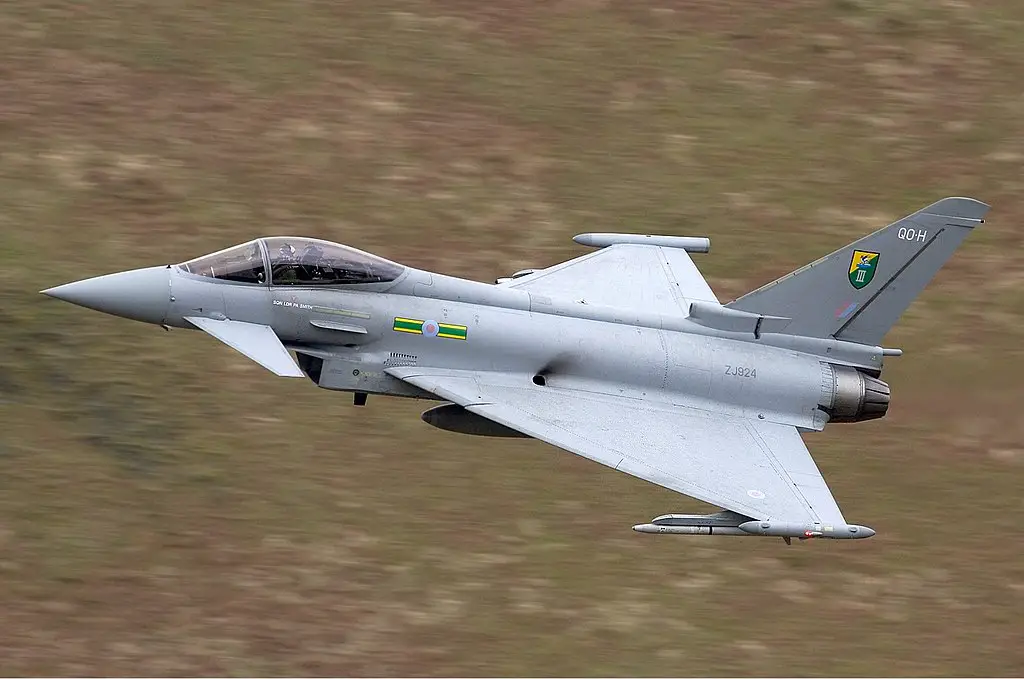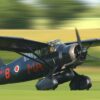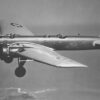Cutting edge
As the theater of military aviation constantly reshapes itself in response to emerging threats and technological advancements, a few awe-inspiring creations have taken center stage: the Dassault Rafale, the Saab Gripen, and the Eurofighter Typhoon. This trio of formidable Eurocanard jet fighters, each equipped with a distinctive delta wing and canard design, represents the pinnacle of military aviation engineering.
Embedded within these fighters are cutting-edge technologies that propel them to the forefront of aerial combat. They are creations born out of necessity, fashioned for multiple combat roles, and embody the essence of agility, speed, and power. So identical in their physical appearances and yet so unique in their capabilities, they are often the subject of intense debates and comparisons.
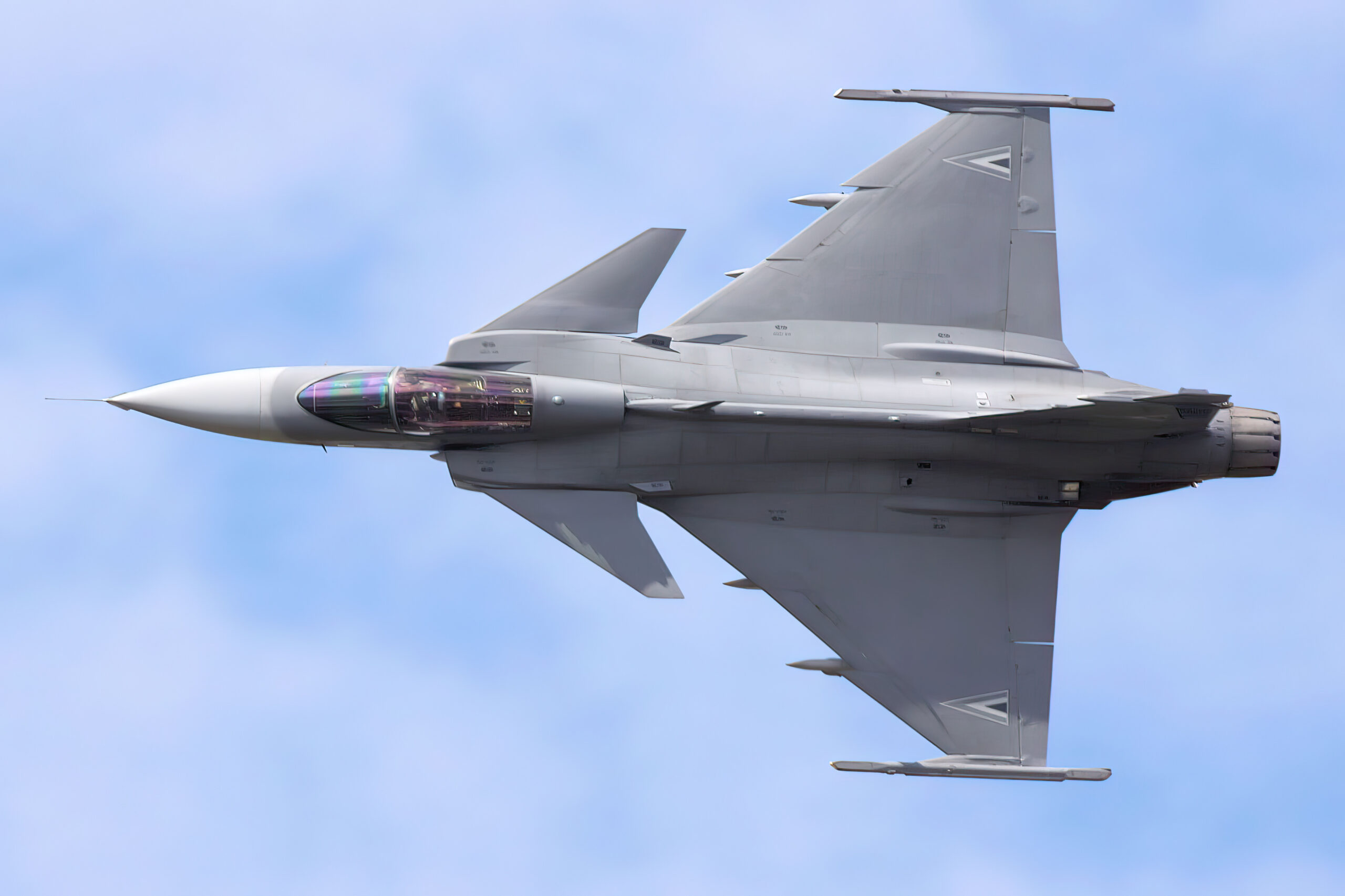
But which one?
One cannot help but marvel at these technological marvels, each embodying the pinnacle of their respective nation’s prowess in aerospace engineering. The Rafale’s seamless blend of elegance and power is a testament to French ingenuity. The Gripen, a symbol of Swedish craftsmanship, exudes a sense of calculated precision. The Typhoon, a product of pan-European collaboration, represents a perfect fusion of diverse technological strengths.
Yet, in this apparent symmetry of canards and delta wings, a question arises: When faced with a choice, which one of these Eurocanard fighters should a nation entrust with the safeguarding of its skies? Each aircraft has its strengths, its unique features that make it stand apart, but how do they measure up when pitted against each other? To determine the right fit for an air force, one must delve deep into the intricacies of their design, performance, and capabilities. Shall we dive in?
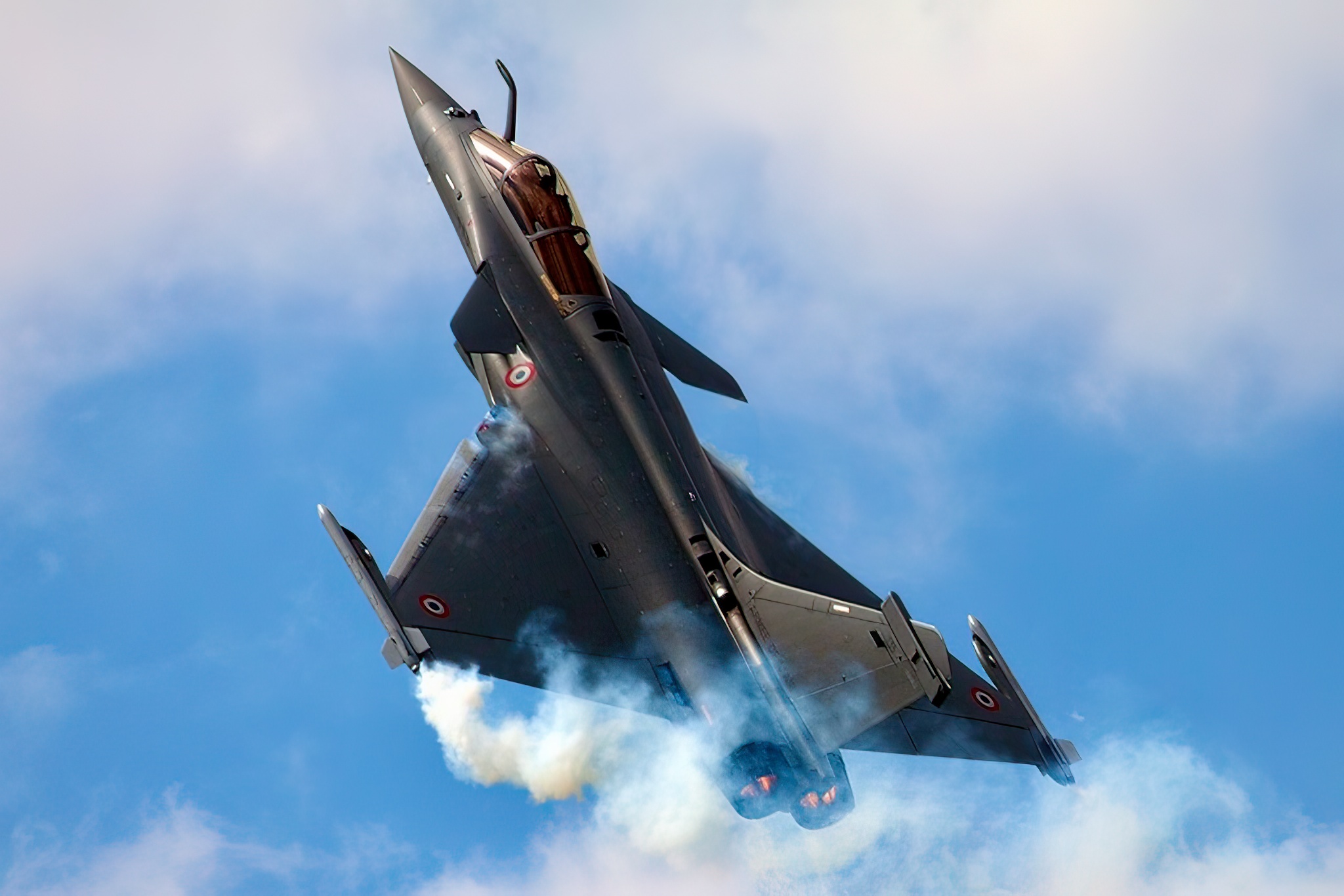
Dassault Rafale
Hailing from France, the Rafale is known for its agility and versatility. Twin-engine, canard-delta wing design offers superb balance between speed, agility, and payload capacity. The Thales RBE2-AA Active Electronically Scanned Array (AESA) radar system, combined with Rafale’s highly integrated avionics and Spectra electronic warfare system, allow the aircraft to conduct air superiority, interdiction, reconnaissance, and nuclear strike missions with exceptional efficiency.
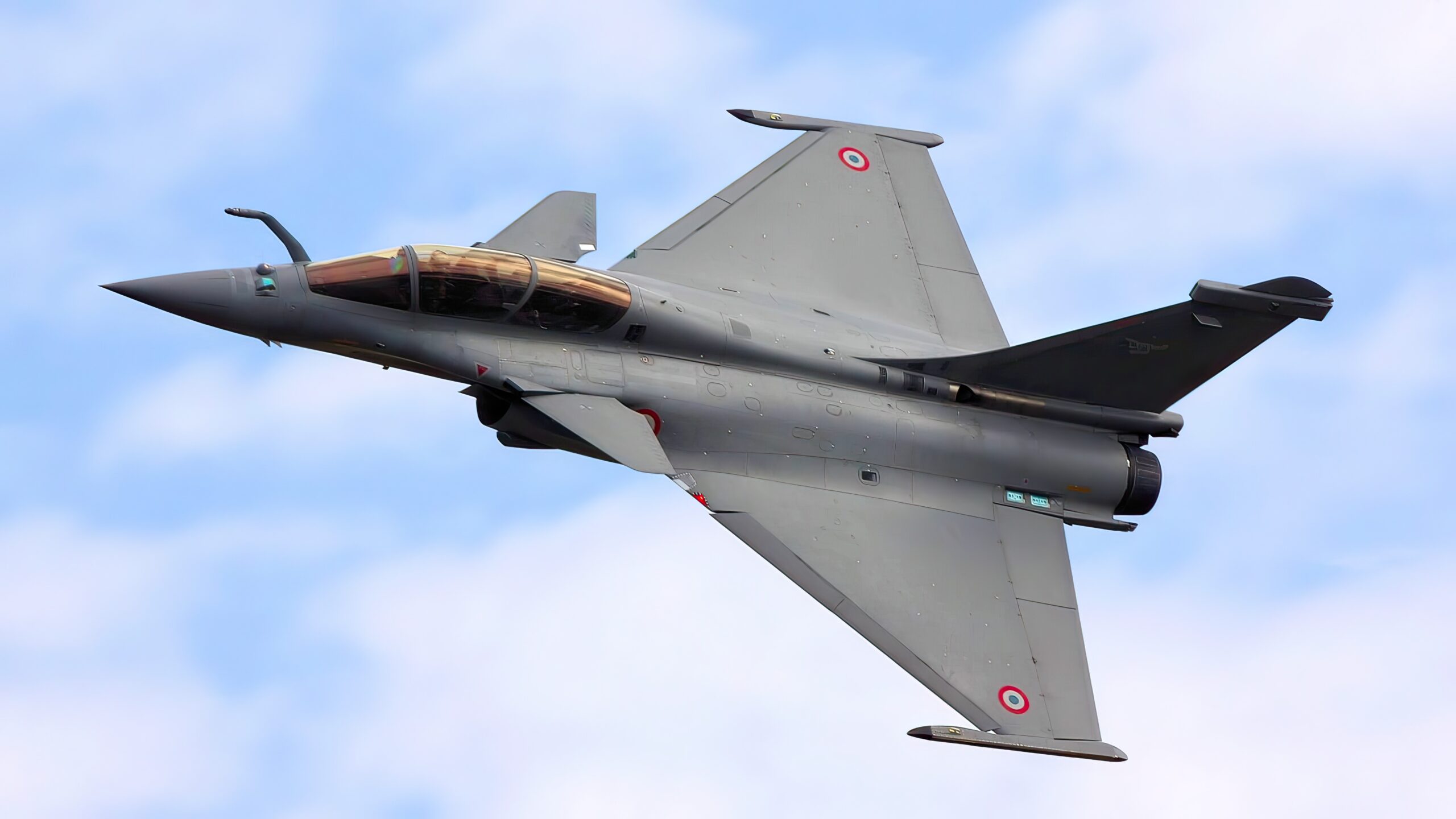
Saab Gripen
Sweden’s Gripen is a light, single-engine multirole fighter designed to provide high performance for its cost. Its aerodynamic design and powerful Volvo Aero RM12 engine allows for impressive speed and maneuverability. Gripen’s modular avionics system, and the integration of the latest generation sensor suite including an AESA radar, ensures a superior situational awareness. Moreover, its short takeoff/landing capability and ease of maintenance make it a highly deployable option.
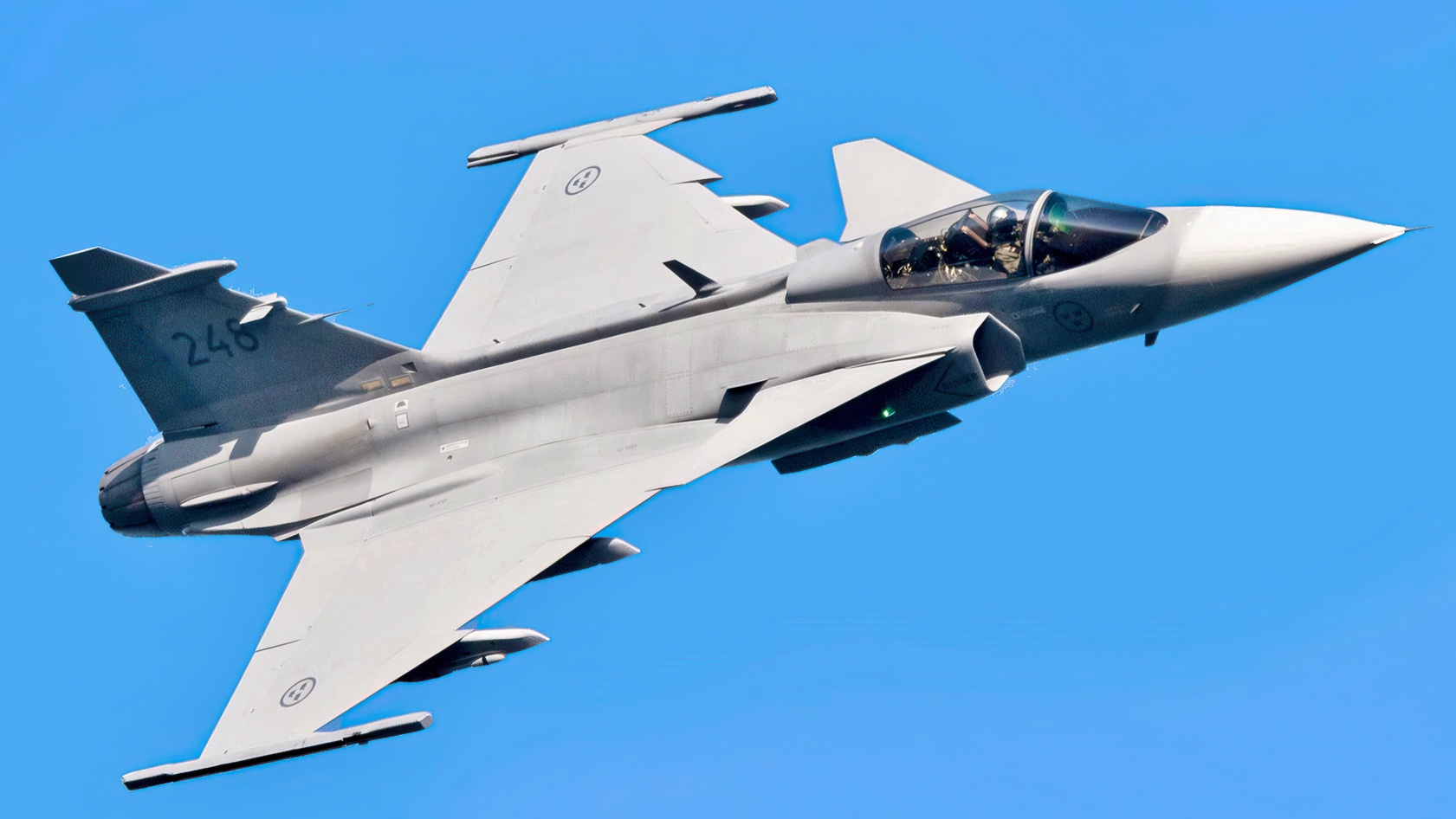
Eurofighter Typhoon
The Typhoon is a twin-engine, canard-delta wing, multirole fighter that boasts excellent agility across the entire speed range. Developed by a consortium of European nations, the Typhoon stands out for its high-speed interception and air superiority capabilities. Equipped with the Captor-E AESA radar and PIRATE infrared search and track system, Typhoon maintains high survivability in a hostile environment and can fulfill diverse combat roles.
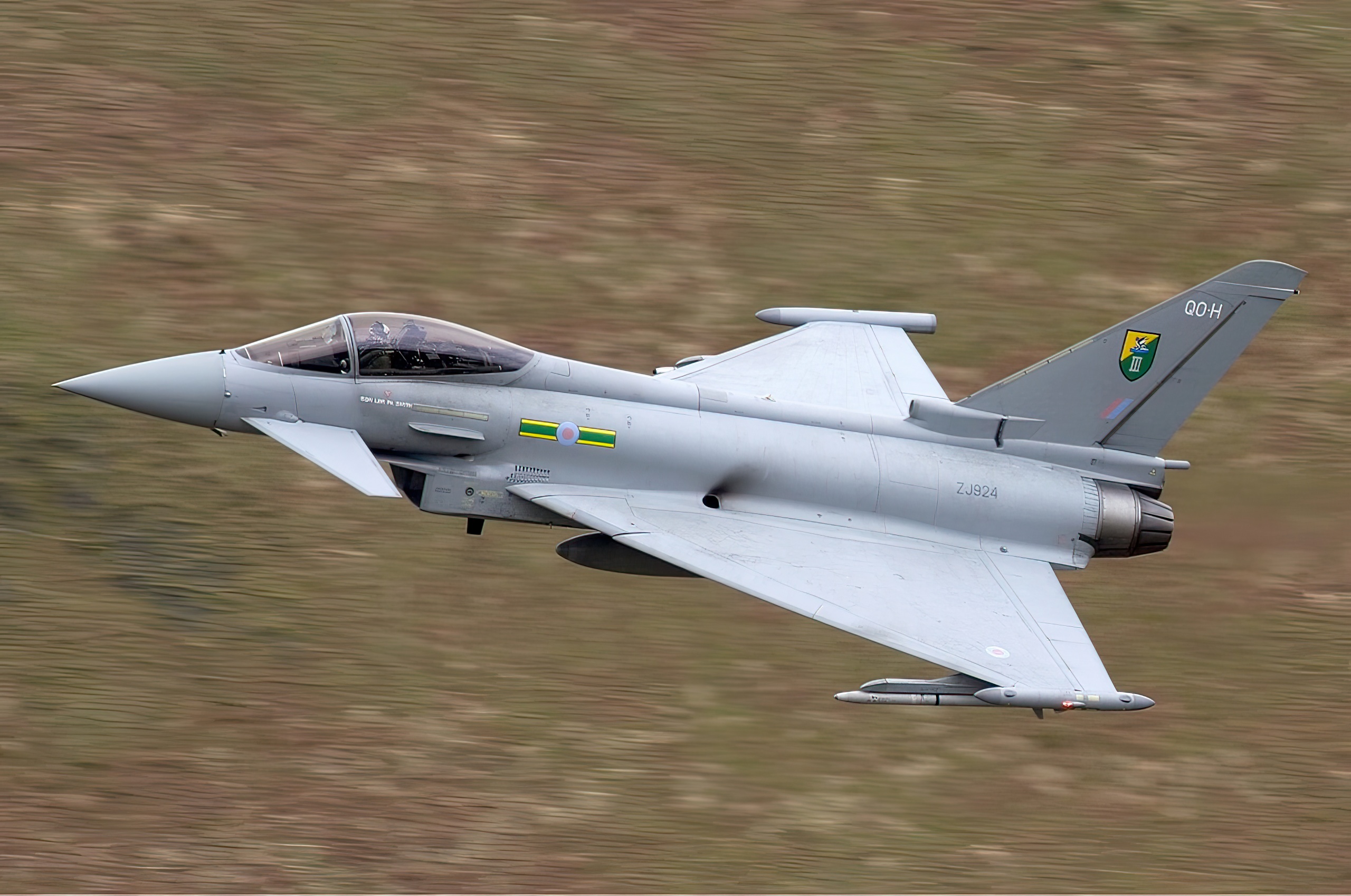
Price and Economical Aspects
The cost of a fighter jet is a crucial factor for many countries. The Rafale’s unit price is around $100 million, depending on the specific configuration. The Gripen is the least expensive, with a unit cost of about $60 million on the lower-end models, which coupled with its lower operational costs makes it very attractive for smaller countries. The Typhoon, however, is the most expensive, hovering around $120 million per unit.
Come on, I can get an F-35 with that kind of money
While the F-35 has often been criticized for its seemingly extravagant cost, its price has actually been on a downward trend, settling at around $78 million per unit for the F-35A variant. In comparison, even the most economical among the trio, the Gripen, is fairly close in terms of price, making the procurement of these Eurocanards a significant financial decision for any air force, considering both acquisition and lifecycle costs.
Despite its lower cost, the decision to purchase the F-35 isn’t as straightforward, as it requires considering factors such as political alliances, technological compatibility with existing systems, specific mission requirements, and the desire for strategic autonomy in defense procurement.
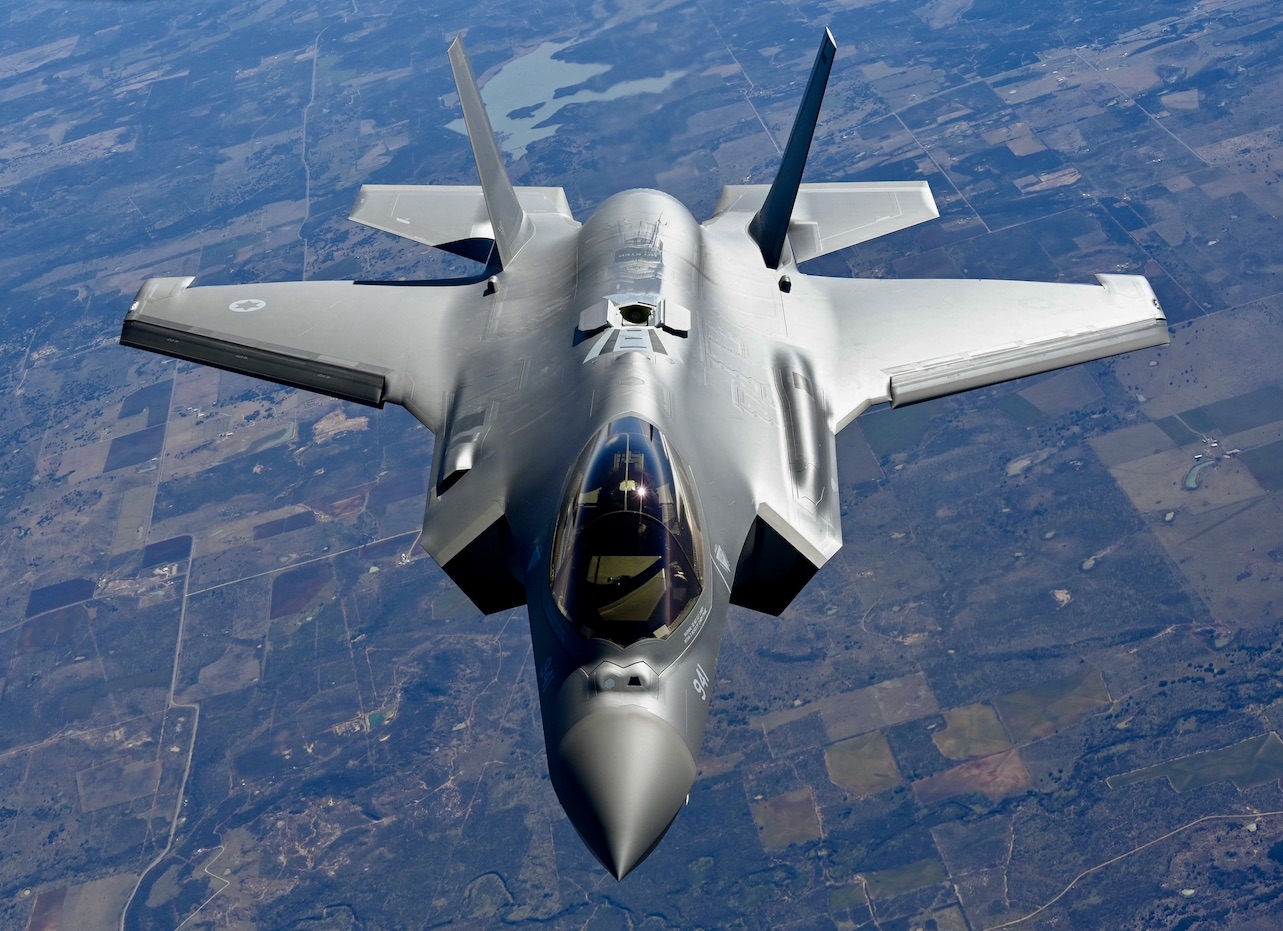
Combat Use
All three aircraft have seen combat use. Rafale has participated in multiple campaigns, such as in Libya, Mali, Iraq, and Syria, demonstrating a robust and capable performance. The Gripen, though not as extensively used in combat, has been deployed in international missions and regularly participates in multinational exercises. The Typhoon has seen action in operations over Libya and Iraq, showcasing its effectiveness as a multirole combat aircraft.
Who’s Flying What?
Leading the skies in a breathtaking show of power and precision, the Rafale sees its primary use in the French Air Force and Navy. Further afield, its wings also touch the azure expanses over Egypt, Qatar, India, Greece, and Croatia. The Gripen, in all its Swedish-engineered glory, has been adopted by a plethora of air forces including those of South Africa, Hungary, Thailand, and Brazil. The Typhoon, born from a European consortium, holds dominion in the air forces of its four founding nations – the UK, Germany, Italy, and Spain, and has made its mark in Saudi Arabia, Kuwait, and Qatar.
The Final Verdict
In the grand scheme of aerial combat, each of these formidable birds of prey offers a unique blend of advantages. The Rafale sweeps the competition with its unrivaled multirole functionality, while the Gripen charms with its economical allure. The Typhoon, on the other hand, asserts its dominance through high-speed interception prowess and an indomitable air superiority.
The deciding factor? It boils down to the specific demands, financial muscle, and strategic aims of the nations in question. If a country desires a multi-faceted, cutting-edge aircraft capable of tackling a spectrum of missions, the Rafale stands poised for consideration. Alternatively, the Gripen could be an attractive proposition for nations navigating budget restrictions, yet unwilling to compromise on the need for a modern, effective multirole fighter. The Typhoon, meanwhile, will naturally appeal to those who place a high premium on air superiority and swift interception capabilities.
No matter the final choice, one thing remains crystal clear: The Rafale, the Gripen, and the Typhoon are amongst the most elite warriors gracing our skies today.

